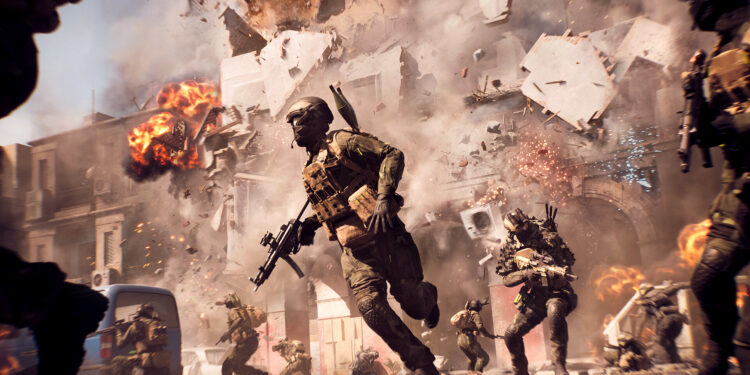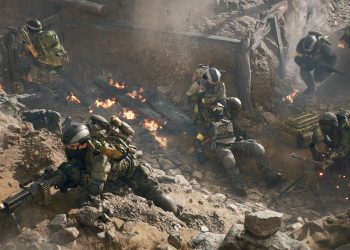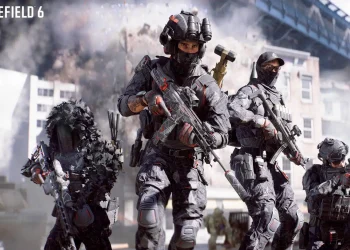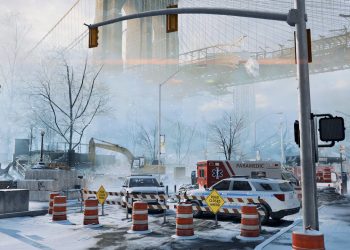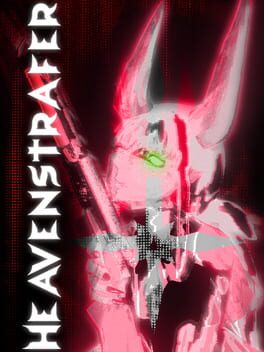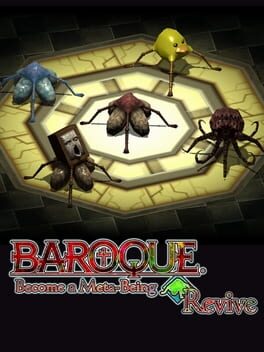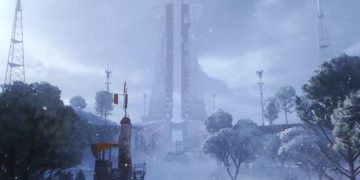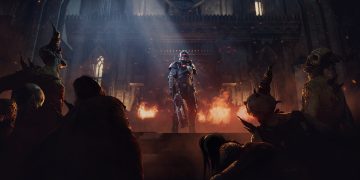Battlefield 6 developer DICE says adding fan-favorite maps from older entries is more complex than many expect, because players arrive with fixed ideas about how those maps should feel. Shashank Uchil told interview that balancing nostalgia and new systems is a difficult task for maps like Operation Firestorm.
Uchil says nostalgia plays a large role in how players judge a remade map. “You wouldn’t believe how difficult it is,” admits the lead, “because [of players’] expectations.” He points to differences in destructibility and weapon behavior as concrete challenges when adapting old layouts to modern gameplay. Recreating a map exactly risks missing improvements the new game offers, while changing too much can feel wrong to long-term players.
Producer Jeremy Chubb adds that older Battlefield maps still provide a workable foundation. “When we bring back a map like Operation Firestorm, it still works,” states Chubb, “It’s still fun to play.” He follows that it’s a fine line because players often have particular memories of what a map was, and they want that experience realized. Chubb suggests that DICE needs to evolve maps while respecting the original intent, so the result aligns with new weapons and features.
The discussion follows the game’s beta and the work to refine systems ahead of final release. The team has already adjusted systems based on player feedback in places, and another related conversation touched on visibility tweaks in the shooter. The article about how sniper glints were adjusted is linked as Battlefield 6 sniper glints won’t be so blinding, which shows the team is responding to player reactions across multiple systems.
At its core, the point is practical. Reimagining a classic map means accounting for new tools and new player behaviour, not only nostalgia. That makes map remasters more work than many expect and explains why studios take their time getting the balance right.
Share your thoughts in the comments, and follow us on X and Bluesky.

